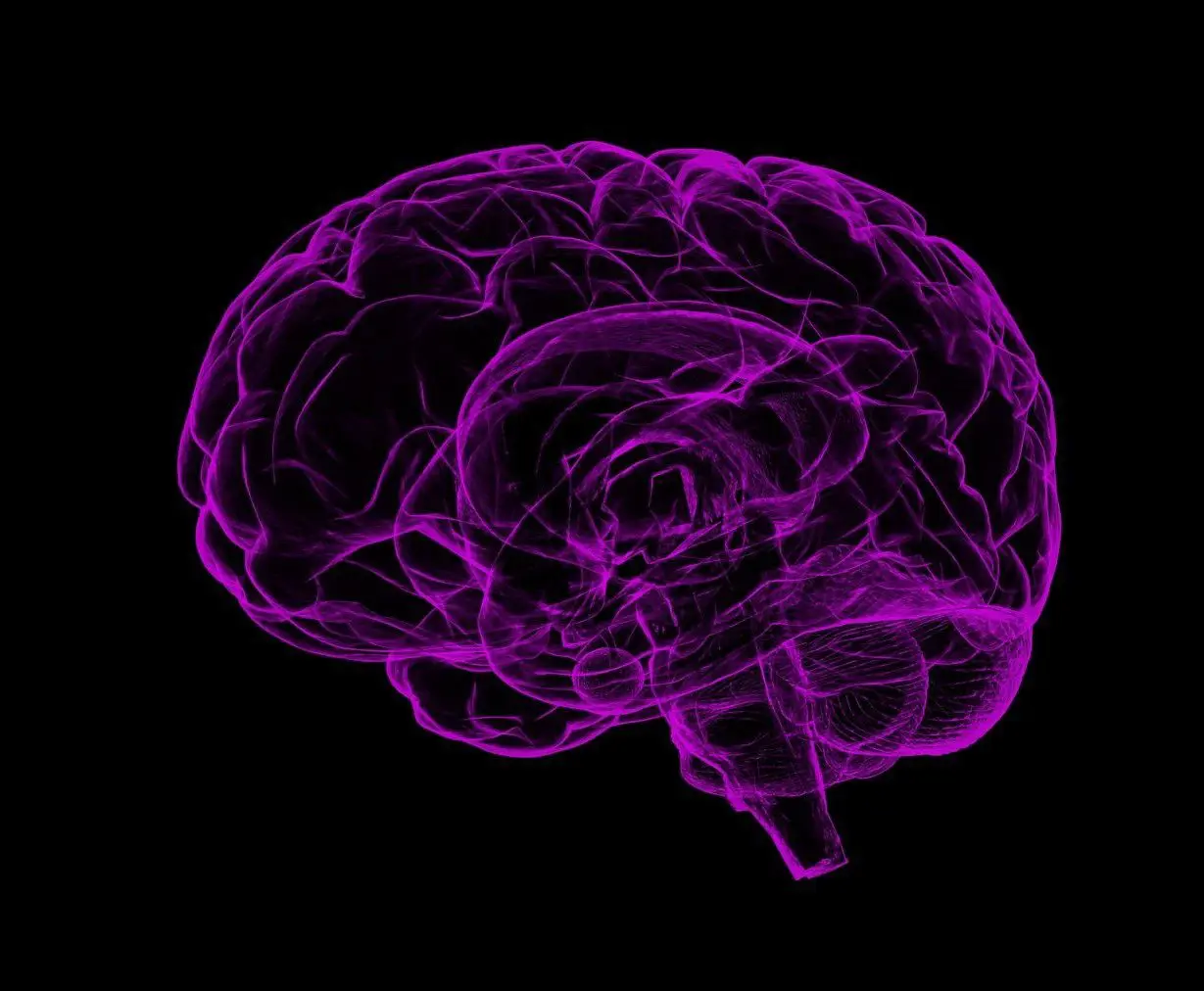The most common metaphor used to describe our brains is a supercomputer. Both can crunch vast amounts of data, run on complex circuits, and transport data using electrical signals. However, this comparison does the organ between your ears a huge disservice – it’s much more complex than that.
Neuroscientists disagree on precisely how many neurons our brain is comprised of – some say over 80 billion, while others have claimed over 100 billion. Either way, it’s a staggering number.
People generally don’t question when others have different physical features, and it is often assumed that everyone’s brain is more or less wired the same. For years, medical science thought the same thing – people had regular neurological wiring, or different wiring, which insinuated some sort of problem. However, as we move towards a more inclusive and accepting world, scientists have come to realise that no two brains are wired up precisely the same. We’re all a little bit different, and this is where the idea of neurodiversity comes into play.

Download the Brochure
Discover Our Innovative Trauma Recovery Pathway
What Is Neurodiversity?
As with many fields of neuroscience, there isn’t an exact definition of neurodiversity. Originally coined in 1988 by Judy Singer in her Sociology honours thesis, the idea is now the subject of many different scientific papers and studies.
Neurodiversity refers to differences between human brains that affect sociability, learning, mood, attention, and other mental functions. It challenges the view that any deviation from the norm is pathological and a disability, instead suggesting that societal barriers are the main contributing factor that disables people. Originally used to describe those on the autism spectrum, it now encompasses a huge range of conditions from ADHD to Parkinson’s disease.
Neurodiversity and Trauma
Trauma occurs in response to events where we feel unsafe, threatened, or distressed. People often associate extreme events such as witnessing death, serious injury, war, or natural disasters as common sources of trauma, and they’re right. Instances such as these can leave a lasting imprint on our nervous system.
However, we are all different, and as a result, so is our response to the world. This means that trauma is highly subjective – what might not register for one person could be life-changing for another. Anything that puts us under sufficient levels of stress can be potentially traumatic and could range from feeling unheard to not having our educational needs met in school.[1]
As such, when considering trauma treatment, we must pay close attention to how the individual in question experiences the world rather than how we would. We need to validate each individual’s unique response if we are to make trauma treatment as inclusive as possible. Below, we explore just a few of the many ways in which neurodivergent people may experience trauma.
Traumatic Sensory Overload
People with differing sensory experiences often find the world a hard place to inhabit. For most of us, the sound of a fire alarm, leaf blower, or a crisp packet crackling wouldn’t even register; we’d forget about it the minute it passed. However, these sounds can be completely overwhelming for those prone to sensory overload, causing their nervous system to move into fight, flight, or freeze.[2]
This is compounded by the fact that these experiences are often invalidated or not accommodated by others around them. As a result, people often learn to mask their threat response because they don’t want to show fear or embarrass themselves, which does not allow the nervous system to complete the threat cycle.
Explore Our Treatment Options
Find Out What Makes Us Different
The staff at our globally recognised mental health clinic have been informed, trained and supervised by some of the world’s leading trauma experts such as Dr Bessel van der Kolk, Dr Janina Fisher, Dr Stephen Porges, Dr Dick Schwartz and more.
Bullying and Social Isolation
Unfortunately, certain neurodivergents experience bullying and isolation to a far higher degree than the rest of the population.[3] It goes without saying that bullying is an incredibly distressing experience and is enough to cause long-term trauma and PTSD.
However, what is often not discussed is the trauma of feeling different. Humans exist within certain societal behavioural norms, and we often shun people who break those perceived norms. As a species, we crave connection with other people, and this is no less true for neurodivergents than it is for the rest of society.
If people cannot feel they can form meaningful bonds with their peers, it can leave them feeling misunderstood, dejected, and distressed. This can also lead to people masking their neurodiversity in an effort to fit in, further exacerbating the feeling they can’t embrace their true selves.
Difficulty Communicating
We need to be able to convey our feelings to others in order to feel safe and to have our needs met. However, navigating the landscape of social communication can be difficult for neurodivergent people.
This is especially true for those who struggle with uncertainty. What might come across as a neurodivergent being inflexible, rigid, or stubborn could very well be them attempting to remain in a state where they feel safe. This can result in misunderstandings and people being labelled as difficult and can also be a barrier to receiving proper treatment and care.[4]
Conclusion
While this is by no means an exhaustive list of the ways in which neurodivergent people can be more susceptible to trauma than the rest of the population, it can provoke thought and reflection.
If we are to make trauma treatment and recovery as comprehensive as possible, we need to not only consider an individual’s circumstances, but the unique way in which they perceive said circumstances.
If you have a client or know of someone struggling with any of the issues discussed, reach out to us at Khiron Clinics. We believe that we can improve therapeutic outcomes and avoid misdiagnosis by providing an effective residential program and outpatient therapies addressing underlying psychological trauma. Allow us to help you find the path to realistic, long-lasting recovery. For more information, call us today. UK: 020 3811 2575 (24 hours). USA: (866) 801 6184 (24 hours).
Sources
[1] van der Kolk, Bessel A. “The Body Keeps The Score: Memory And The Evolving Psychobiology Of Posttraumatic Stress”. Harvard Review Of Psychiatry, vol 1, no. 5, 1994, pp. 253-265. Ovid Technologies (Wolters Kluwer Health), doi:10.3109/10673229409017088. Accessed 18 July 2021.
[2] Scheydt, Stefan et al. “Sensory overload: A concept analysis.” International journal of mental health nursing vol. 26,2 (2017): 110-120. doi:10.1111/inm.12303
[3] Zablotsky, Benjamin et al. “Risk factors for bullying among children with autism spectrum disorders.” Autism : the international journal of research and practice vol. 18,4 (2014): 419-27. doi:10.1177/1362361313477920
[4] Autistic People May Not Receive Treatment For PTSD | LDT”. LDT, 2021, https://www.learningdisabilitytoday.co.uk/autistic-people-may-not-receive-treatment-they-treatment-they-need-for-likely-ptsd.





